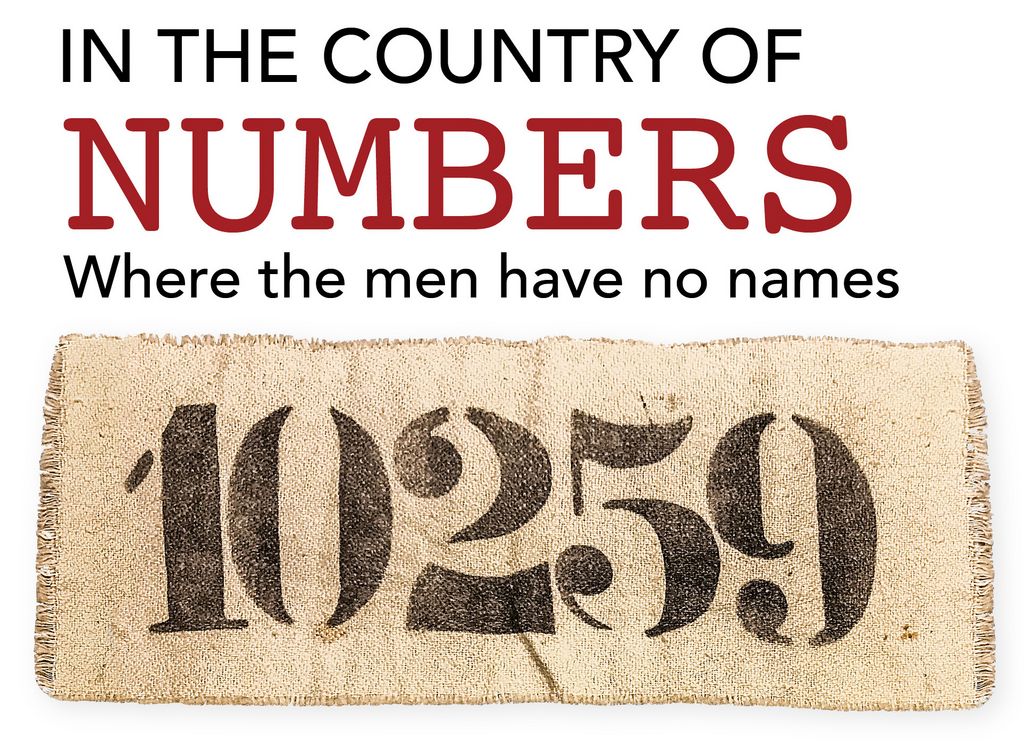Young Interventions – Untold (Hi-)stories
The exhibition "Young Interventions - Untold Story(s)" shows ten artistic works and five short films created in the framework of the project "Young Interventions" at different locations in the memorial. In artistic workshops, youths and young adults from different countries, among them descendants of former prisoners, dealt with the history of Sachsenhausen Concentration Camp and the question of how it can be remembered and the victims commemorated today.
The artistic interventions focus on the participants' perspectives on today's memorial site and the question of which stories are missing. For example, the commemoration of Sinti and Roma, the memory of Spanish prisoners or female prisoners who had to work as forced prostitutes in the long brothel are addressed. The exhibition is designed to be interactive. Each artwork poses a question to the viewer and invites them to reflect.
"Young Interventions" is a three-year cultural education project of the Sachsenhausen Memorial and Museum, funded by the Federal Government Commissioner for Culture and the Media as part of the "Youth Remembers" programme from 2020 to 2022. The exhibition, which is expected to be on view until the end of 2023, marks the conclusion of the project, which successfully developed and tested new cultural education formats for contemporary history education.
An overview of the artworks and a site plan can be found here:Site plan.
The history of the Jewish men imprisoned in Sachsenhausen following the November pogrom are told through twelve individual life stories. The interviews with the survivors’ families, as well the documents, pictures and audio materials presented in the exhibition, were recorded or collected on research trips to the U.S., the U.K., Australia and Israel. They have never been shown in Germany before.


